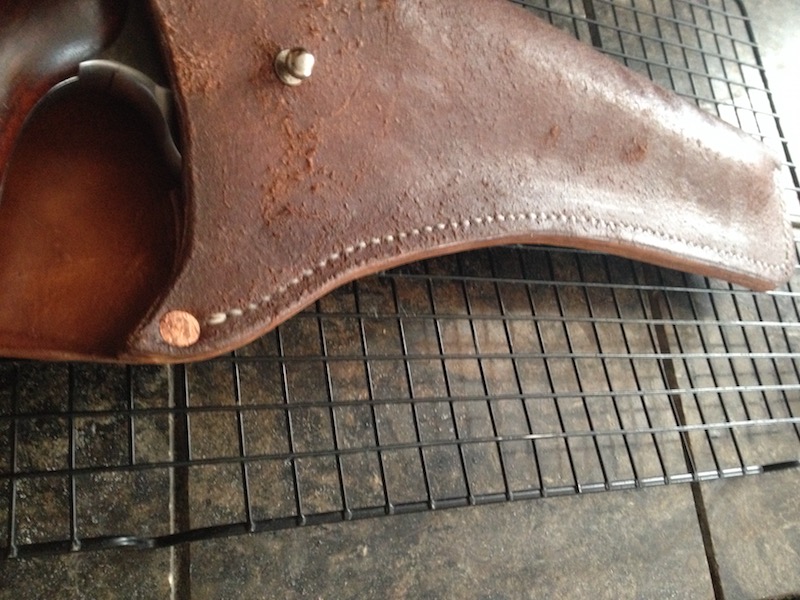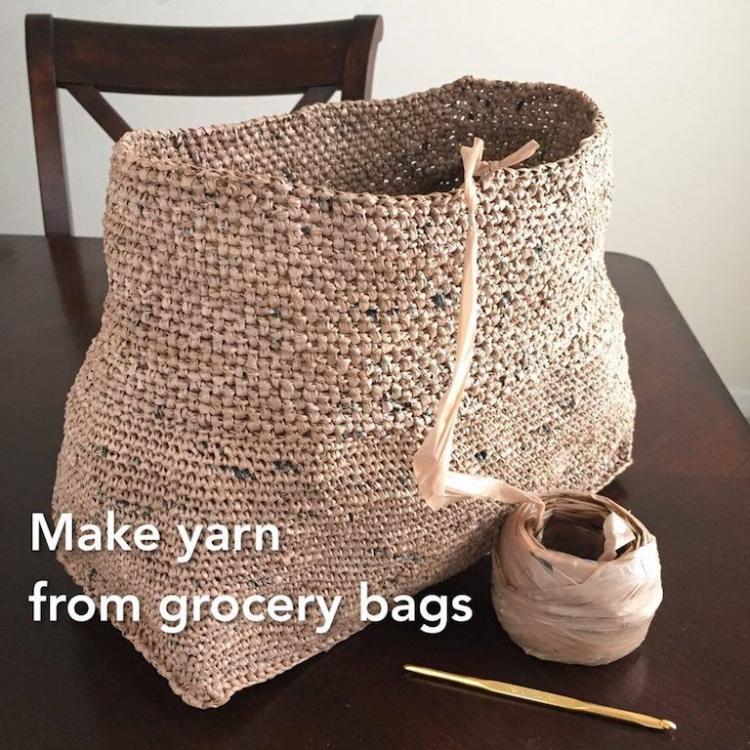-
Posts
141 -
Joined
-
Last visited
About Jake907
- Birthday 09/02/1987
Contact Methods
-
Website URL
https://northcountryleatherandwool.wordpress.com
Profile Information
-
Gender
Male
-
Location
Alaska
-
Interests
Custom leather products
LW Info
-
Leatherwork Specialty
thought I had one 'till I got here :-)
-
Interested in learning about
boots
-
How did you find leatherworker.net?
Google search
Recent Profile Visitors
3,318 profile views
Jake907's Achievements

Member (2/4)
-
thanks Biker, I guess there was more stuff out there than i thot
-
@Aven Thank you ma'am, I appreciate the info, I getting tools and resources together for next winter (yes, winter is always on our minds up here "winter is coming"). My summer is already too busy to do anything like learn a new craft, but I'll have plenty of time in January. Thanks again, I'll try to find that book.
-
that looks great! much more classy than the one I made
-
I wish I could tell you Rocko, the guy who gave me the recipe used the cleaning stuff I believe. He did a canvas jacket, and I had the opportunity to observe it in lots of different weather since we work together, it seemed to hold up pretty good. above I just posted the ratios, but there is a little more to the recipe. "Heat linseed oil and melt wax into oil. Double boiler. Remove the heat, add turpentine. Add optional (pine tar). Proportions aren't exact. More wax gives better protection and stiffer coat while more linseed oil offers less stiffness but less protection. Turpentine helps thin mixture but requires more time to air out smell. Unprocessed bees wax (originally calls for 80-20 beeswax-parafin) works fine. Filson recommends hanging treated clothes in very warm area for latter, more even coverage. Brush on warm using heat gun or blow dryer". Thats the best I could do with the hand written note. Good luck man, let me know how it turns out for you.
-

Straight Razor Roll
Jake907 replied to stormcrow's topic in Purses, Wallets, Belts and Miscellaneous Pocket Items
very neat and professional sir, good job! -
ha! I wish! I am by no means a mountain man, just a hard workin country boy who happens to live in Alaska. yes I'm a bit of a gear junkie, but you have to be up here, because a good portion of money/time/effort/thought go into "how can I do this better next time?" this country does not suffer fools. And as a friend of mine is always telling me "you gotta be tough if you're gonna live in Alaska!" LOL
-
I actually didn't know the history on it, thats cool, maybe I should google it too! LOL They do, and thats one of the reasons that I want to try this tin cloth recipe, because carhartt and others are a lot more affordable but close in quality, if they only made tin cloth items.... all you need is a cotton garment to start with and paint this mixture on it. Maybe @farmersracer could add something to this part of the conversation, I believe his bags are very similar to tin cloth, its basically waxed cotton.
-
Pine sap on E-bay https://www.ebay.com/itm/1lb-Natural-Rosin-Colophony-450g-Pure-Pine-Sap-Resin-Light-Yellow-Amber/253000850261?hash=item3ae8069b55:g:DmkAAOSwYGFU13mZ bees wax, also on E-bay https://www.ebay.com/itm/1-Pound-Pure-Beeswax-Yellow-Bees-Wax/120538931517?epid=1931413396&hash=item1c10ae213d:g:wD0AAOSwrklVBDPl I've been wanting to try a tin cloth recipe that a friend gave me, gonna try it on a Carhartt jacket, because you know we have such balmy summers here.....40 degrees with wind and rain for a week, lol 1/2 pound wax 1/2 quart raw linseed oil 1/2 quart turpentine 1/2 cup pine tar melt together and apply to canvas.
-
an interesting side note? Shopping bags can be recycled as yarn....no, really! My wife sometimes makes things with them, It is surprisingly strong, I don't have any pictures of her stuff at the moment, but I grabbed a pic from Google for you to see. But on the main topic here, I use a shooting range bag to keep my leather tools in (because I work on the go a lot of the time), and I love cereal boxes for pattern making, and my thread wax is a homemade blend of 70 percent beeswax and 30 percent pine pitch, it makes your fingers nice and tacky for gripping the needle, while still protecting the thread from the elements, may be even better than straight beeswax for that actually because the pitch gives it a higher melting point.
-
Hi everyone, it seems like I learn something new every time I log onto Leatherworker, I love interacting with and learning from all of you, and I like getting to know you all better. Many of you have a real teachers heart and like to help others learn new things, and many of you have youtube channels. So, I thought it would be cool if we could have a thread where the members post a link to their YouTube channel, for "posterity" as they say, and for all of us poor saps that don't have a pro leatherworker on call. Whadya say? Do I have any takers? Moderators: if we don't already have a thread like this, maybe this could be pinned somewhere.....if we get a good turn out. This could be a good resource.
-
Thanks @480volt we are thinking along the same lines. And thanks for clarifying the terminology, I worked with a farrier years ago he used the term pritchell hole, then met a blacksmith later and he called it a hardy hole, I didn't know they were both right! lol
-
@Techsew Ron you guys went up a couple notches in my book too, way to go Techsew!
-
I'm pretty good on a metal lathe and familiar with most types of metal working, and since I'm working on a design for an anvil I asked a friend of mine who is a machinist and gunsmith about broaching a hardy hole like this, he told me that while it can be done, the time and experience it would take to broach a hole like this in 1 1/2" railroad steel, would be astronomical. So I've changed my design to just feature a round hardy hole, since the intended purpose of this anvil is not blacksmithing, I'm just gonna be setting snaps and such on it, a round hole will work just fine for me. But I was curious anyway. Thanks guys. I believe that chisel machine you're talking about Rocky is called a shaper, and that would make sense, I bet it would make short work of a square hole. P.S @Nuttish do you think I could rough it with a drill bit, then use a small diameter end mill bit, and cut out rounded "corners"? (I have a very nice Smithy 3 in 1 here at the house)
-
@RockyAussie do you know how the square hardy hole was made in that anvil?



